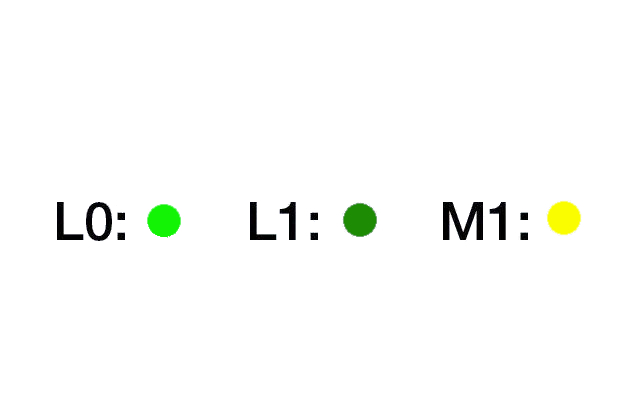|
Tin pest
Tin occurs in the forms α-Sn and β -Sn. The latter changes into α-Sn at - 30°C whereas the metallic β-Sn inflates and then easily disintegrates. This is due to the fact that the tin passes through a transformation of its coefficient of expansion at a certain threshold temperature (-30°C) and goes through sudden changes. The coefficient of expansion is isotropic in β -Sn and anisotropic in α-Sn. Tin pest can be prevented by using less tin than antimony, lead or bismuth. To this end, the British and American solder standards used to impose the addition of antimony. However, even the so-called pure tin contains tiny amounts of lead, antimony and bismuth, making the mandatory addition of antimony superfluous. Therefore, this provision was removed from the standards. See also Allotrope.
|

